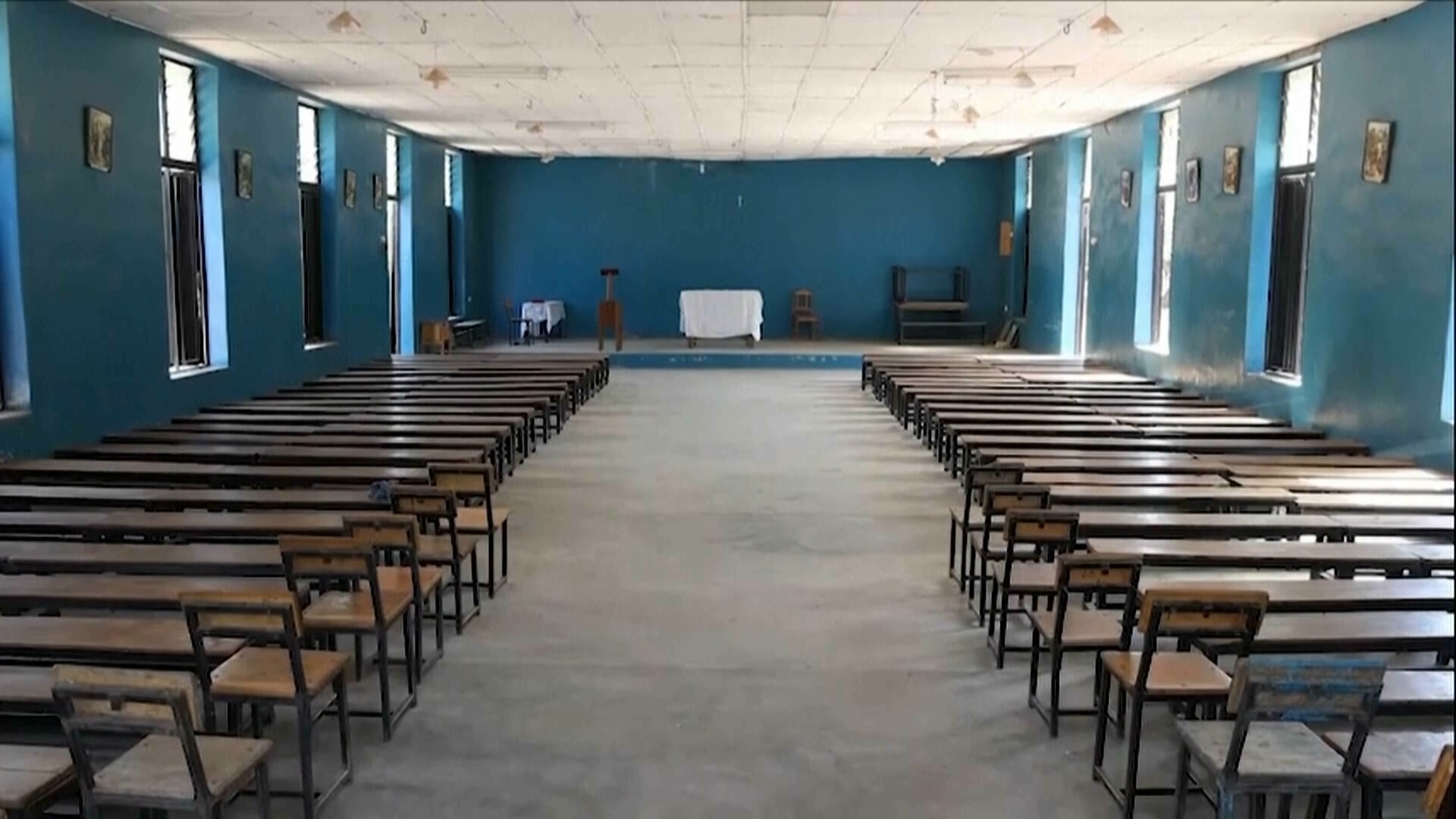As the planet warms up, there's evidence that tropical cyclones are dropping more rain and contributing to deadly flooding. Now, meteorologists who study hurricanes are paying this water more attention.
"For a very long time, we were focused on predicting where a cyclone's going to be, and how strong the winds are going to be. … We haven't spent as much time in the past looking at rainfall. Now we definitely are."
Rosimar Rios-Berrios is a research meteorologist at the National Center for Atmospheric Research, where she studies how tropical cyclones evolve and intensify.
She told Newsy scientists have started digging into subtler variables that might affect rainfall. We already know some things contribute to higher rain totals, like slow-moving storms that stick close to ocean water. But there could be more going on.
"Are there factors that are a lot more hard to observe, like how many large droplets are there? What's the size of the large droplets, and are teeny-tiny droplets merging together to become large droplets? … Maybe there is a lot of ice in the very tall clouds, and how much is melting and how fast it's melting — are those things contributing to the rainfall?"
"[Many people are] looking at 'how does the model produce the rainfall,' especially looking at cases where the models do not predict as well. We want to know what went wrong so we can fix it and improve the forecast."
One thing that still isn't clear to scientists is whether — or how — heavier rains change the behavior of the storm they fall from. Rios-Berrios says that's an open question.
Still, the research so far suggests wetter hurricanes are here to stay — and no matter how or why that rain falls, it presents new risks to people and places in the path of storms. This year, the National Hurricane Center will publish excessive rainfall maps alongside its other hurricane forecast information.




 What Happens When A Hurricane Stalls
What Happens When A Hurricane Stalls






